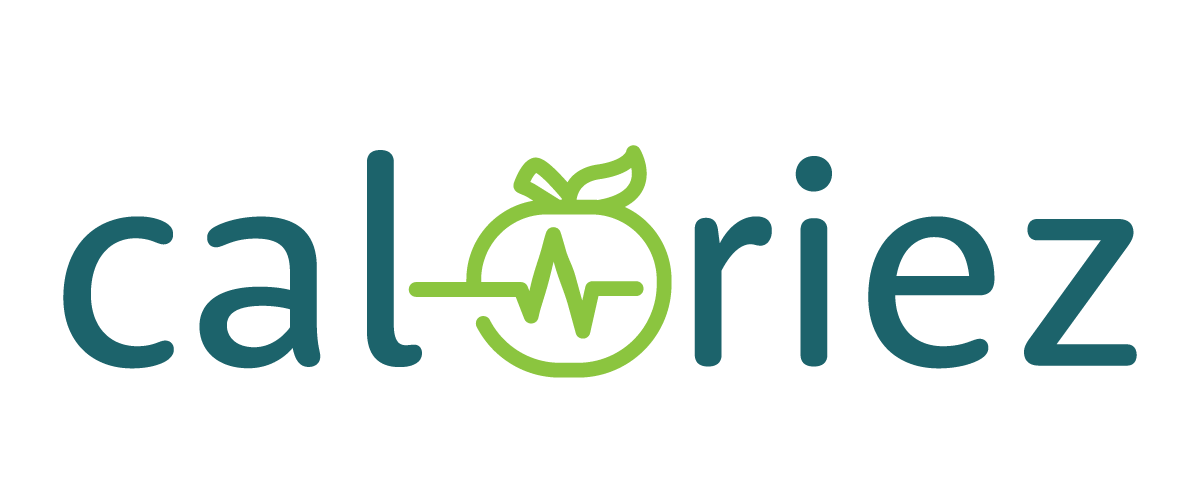Stretching is crucial to make sure steadiness between muscle teams, enhance flexibility and motion effectivity, enhance biomechanical operate and scale back damage danger, with proprioceptive neuromuscular facilitation (PNF) one of the efficient methods to realize these objectives.
We have to stretch for quite a few causes, most notably the necessity to maintain the physique in steadiness. The pure forces for on a regular basis motion and train are likely to shorten the muscle tissues, which might limit motion, scale back operate and create biomechanical points.
As such, stretching is crucial to counteract these forces, maintain the muscle or a muscle group’s elasticity, and reestablish muscle tone.
READ MORE | Why Stretching Issues: The Advantages You Want To Know
The stretch-relax mechanism
Whereas there are a variety of the way you’ll be able to stretch a muscle, one of the efficient methods to reinforce each energetic and passive vary of movement (ROM) is proprioceptive neuromuscular facilitation (PNF).
The science behind the effectiveness of PNF stretching and its biomechanical advantages is the reflex leisure that happens throughout the muscle and tendon construction (often known as the musculotendinous unit) being stretched, which facilitates muscular inhibition.
This stretch-relax mechanism works as a result of joints are managed by two opposing units of muscle tissues, particularly extensors and flexors, which should work in synchrony for environment friendly motion. Muscular inhibition occurs when muscle tissues on one aspect of a joint chill out to accommodate the contraction of the muscle on the opposite aspect of that joint.
PNF stretching works by taking quick benefit of the elevated ROM that happens throughout an isometric stretch, because the muscle performing the isometric contraction is relaxed and due to this fact retains its capability to stretch past its preliminary most size.
This enables us to coach the stretch receptors to a larger diploma than static or dynamic stretching, to get them used to this elevated vary of muscle size. The proposed mechanisms underlying the PNF stretching response, particularly autogenic inhibition and reciprocal inhibition, are the commonly accepted neurophysiological explanations for the superior ROM positive factors that PNF stretching delivers.
Know your phrases:
- Autogenic inhibition: A sudden leisure of muscle after a excessive diploma of stress is created in it. It’s a self-induced, inhibitory, adverse suggestions lengthening response that protects in opposition to muscle tear. Golgi tendon organs are receptors for the reflex.
- Reciprocal inhibition: The method whereby muscle tissues on one aspect of a joint chill out to accommodate a contraction on the opposite aspect of that joint. When a muscle spindle is stretched and the stretch reflex is activated, the opposing muscle group have to be inhibited to stop it from working in opposition to the ensuing contraction of the homonymous muscle. This inhibition is achieved by the actions of an inhibitory interneuron within the spinal wire.
READ MORE | It’s Time To Rethink Our Perspective To Subsequent-Day Muscle Soreness
Unpacking PNF methods
PNF methods mix passive and isometric stretching in three primary forms of stretches, which embody passive (no related muscular contraction), energetic (voluntary muscle contraction) and a ‘holding’ method.
PNF methods require a accomplice, or one other mechanism that may facilitate a contraction and deeper stretch, to actively stretch the participant.
This isometric PNF stretching mechanism works by performing a stretch near your most degree of flexibility. That muscle is then flexed or isometrically contracted in that place for 10-20 seconds, and is then launched. The preliminary stretch is then repeated, the place it is best to be capable of stretch additional than you probably did earlier than the contraction.
PNF can be utilized a few times per week to complement every day static and dynamic stretching routines. Nevertheless, PNF stretching shouldn’t be completed earlier than one other exercise. It ought to be completed in isolation, and solely after a radical heat up, which incorporates some gentle exercise and a few static stretching to enhance peripheral blood movement and ‘loosen’ the muscle tissues..
PNF stretching pointers
- When you attain your close to maximal stretch, maintain the isometric contraction for not less than 10-20 seconds.
- Observe that with the relaxed stretch for not less than one other 20 seconds.
- Carry out 2-4 units per stretching train.
- Stretch a few times per week.
Sorts of PNF stretching
- Maintain Calm down: Place the muscle in a close to maximal stretched place. Isometrically contract the muscle. Passively transfer the muscle right into a stretched place that surpasses the earlier close to maximal level and maintain.
- Contract Calm down: Passively place the restricted muscle right into a place of stretch, then isometrically contract the muscle for at least three seconds at a sub maximal effort (20-50% of max) to keep away from muscle fatigue and damage. After the contraction chill out the muscle and activate the opposing muscle to maneuver the limb right into a larger place of stretch.
- Contract Calm down Antagonist (Agonist) Contract (CRAC): Passively stretch the agonist muscle, then isometrically contract it maximally. Observe that with one other passive stretch of the agonist muscle, adopted by a maximal isotonic contraction of the antagonist muscle.
- Sluggish reversals: An isotonic contraction of the agonist is adopted by a direct contraction of antagonist.
Primary PNF stretches
- Seated Bicep Stretch: Sit on the ground or a bench and place your arms behind your hips. Get your coach or accomplice to seize your wrists from behind, positioning them downward and shut collectively, earlier than elevating your arms upward behind your physique. Maintain the stretch at close to maximal for not less than 20 seconds. Launch the stretch and repeat 2-4 occasions.
- Seated Entrance Delt Stretch: Sit on the ground or a bench and place your arms behind your hips. Get your coach or accomplice to seize your wrists from behind, positioning them wider than shoulder-width aside, earlier than elevating your arms upward behind your physique, and out to the edges. Maintain the stretch at close to maximal for not less than 20 seconds. Launch the stretch and repeat 2-4 occasions.
- Overhead Tricep Stretch: Stand or sit on the ground or bench. Place your arm overhead. Get your coach or accomplice to face behind you, and seize your wrist, positioning your forearm in opposition to your higher arm. Your accomplice then pulls your elbow behind your head whereas protecting their forearm in opposition to your higher arm. Maintain the stretch at close to maximal for not less than 20 seconds. Launch the stretch and repeat 2-4 occasions. Repeat with the alternative arm.
- Behind Head Chest Stretch: Sit on the ground or a bench. Place your arms behind your head, dealing with ahead. Get your coach or accomplice to face behind you. They need to place a leg behind your head, and place their arms in your elbows. They need to then pull your elbows again. Maintain the stretch at close to maximal for not less than 20 seconds. Launch the stretch and repeat 2-4 occasions.
- Mendacity Hamstring Stretch: Lie on the ground. Utilizing a stretch band, rope or towel, lengthen your leg upward. Pull your leg as near your chest as potential. Maintain the stretch at close to maximal for not less than 20 seconds. Launch the stretch and repeat 2-4 occasions. Repeat with the alternative leg.
Writer: Pedro van Gaalen
When he’s not writing about sport or well being and health, Pedro might be out coaching for his subsequent marathon or ultra-marathon. He’s labored as a health skilled and as a advertising and comms skilled. He now combines his passions in his function as managing editor at Health journal.




